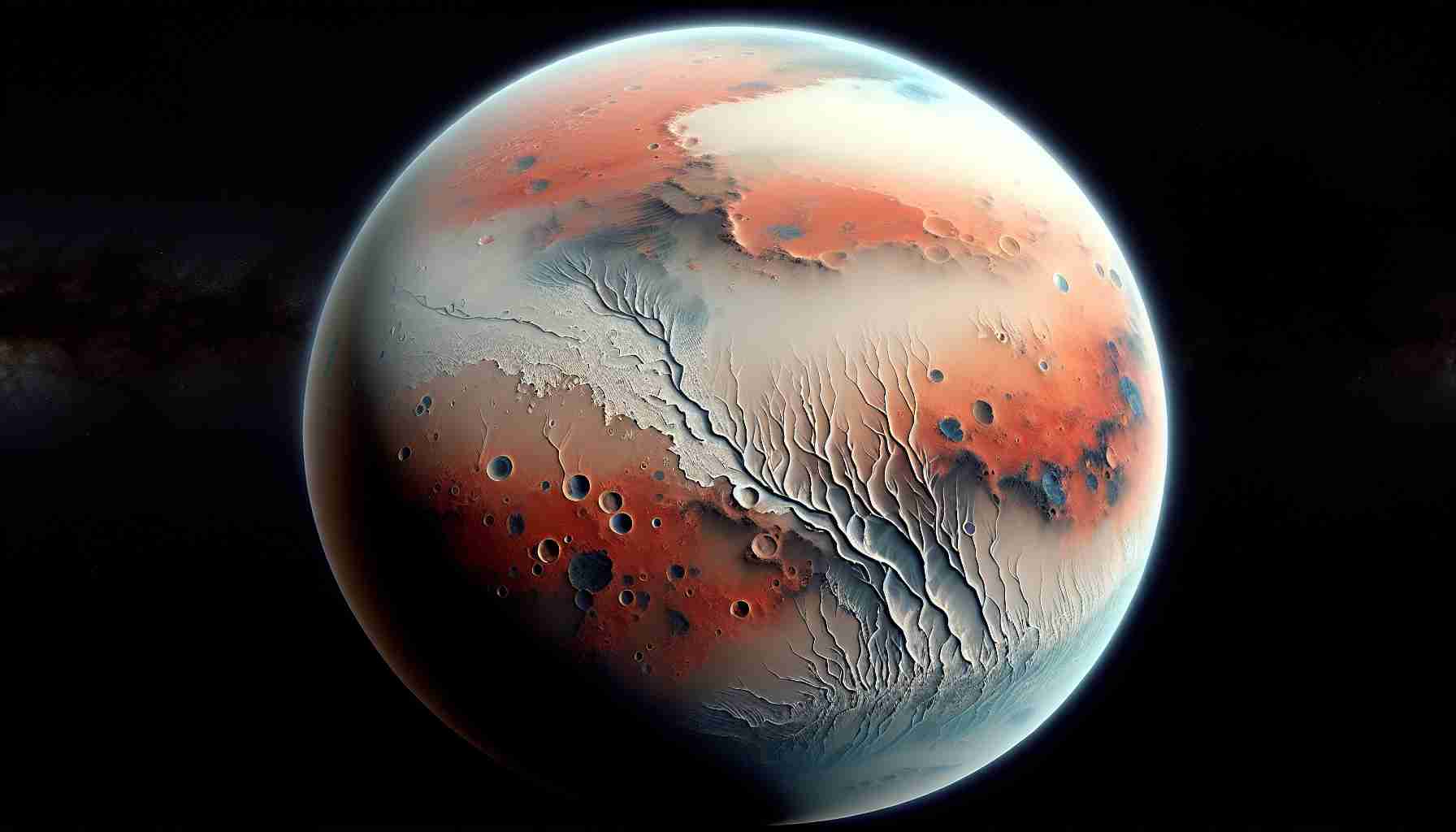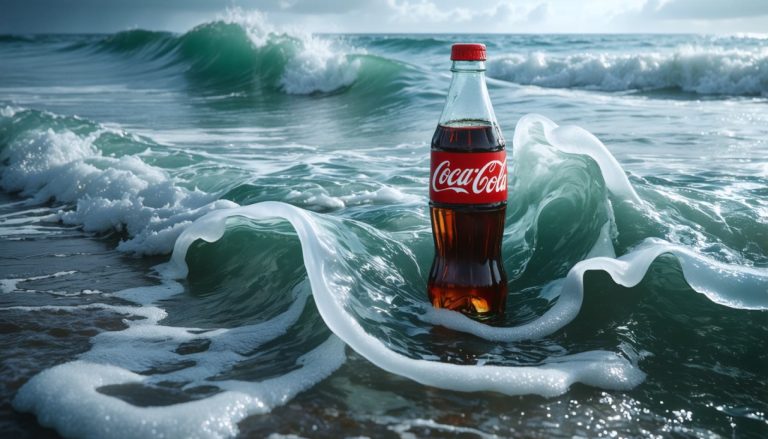
Despite its harsh environment, recent discoveries suggest that Mars could harbor shallow pockets of water beneath its surface. The Mars Reconnaissance Orbiter, which has been surveying the planet for almost twenty years, has identified intriguing white formations along dry gullies. These formations are believed to be dust-laden ice, which, under specific conditions, could thaw and create small pools of liquid water, mimicking processes observed on Earth.
NASA indicates that the dynamics of Martian dust may parallel similar phenomena observed in glaciers on our planet. In certain locations on Earth, dust particles settle on ice, absorbing sunlight and causing the underlying ice to melt, producing vibrant ecosystems that support various life forms. Scientists speculate that analogous conditions might allow for the emergence of life-sustaining environments on Mars.
The ongoing research highlights the significance of the Martian gullies, especially in areas like Terra Sirenum. Although current technology cannot directly confirm these water pockets, the formations captured in images resemble those indicative of icy compositions. Furthermore, investigations carried out by the InSight lander have prompted discussions regarding the potential existence of water reservoirs several miles beneath the Martian surface.
With rovers continuously searching for signs of ancient aquatic environments, the quest to understand the possibility of life on Mars remains a captivating pursuit. As exploration continues, our understanding of the Red Planet and its hidden secrets deepens, suggesting a once-livable Mars might still hold treasures worth uncovering.
Shallow Water Pockets May Exist on Mars: New Insights and Implications
Recent advancements in Mars exploration have intensified the prospect that shallow water pockets might exist beneath the Martian surface. While surface conditions are notoriously inhospitable, scientists are increasingly optimistic about the role of subsurface water in shaping Mars’ geological and possibly biological landscape.
Crucial Questions and Their Answers
What evidence supports the existence of shallow water pockets on Mars?
Several lines of evidence indicate the potential presence of water beneath the surface. The Mars Reconnaissance Orbiter has detected certain mineral formations, such as clays and sulfates, which are indicative of aqueous processes. Additionally, radar data from the Mars Advanced Radar for Subsurface and Ionosphere Sounding (MARSIS) onboard the European Space Agency’s Mars Express spacecraft has revealed reflections consistent with liquid water at depths of approximately one mile beneath the South Polar ice cap.
Could life exist in these shallow water pockets?
While it remains speculative, the environmental conditions in these pockets may mirror ancient environments on Earth where microbial life thrived. Studies of extremophiles—organisms that flourish in harsh conditions—on Earth bolster the hypothesis that if any form of life exists on Mars, it’s likely to be resilient and adapted to fluctuating environments.
Key Challenges and Controversies
One significant challenge is the ability to confirm the existence of these water pockets unequivocally. Current technologies, including ground-penetrating radar and thermal imaging, provide indirect evidence but lack direct sampling capabilities. There is also contention among researchers regarding the interpretation of data, as some argue that the reflections observed could be due to other geological formations, such as ice or sediment layers.
Another controversy involves the stability of these water pockets. Some scientists argue that the temperatures in Martian subsurface layers may be insufficient to maintain liquid water, while others highlight that under high pressure, water can remain in a liquid state at lower temperatures than normally feasible.
Advantages and Disadvantages of Exploring Martian Water Pockets
Advantages:
1. Potential for Life: Discovering liquid water could imply the presence of life, past or present, which is a primary goal of Martian exploration.
2. Understanding Mars’ History: Water is a key component in unraveling the geological history of Mars, shedding light on past climatic conditions and planetary evolution.
3. Future Human Exploration: Knowledge of water resources is crucial for future manned missions, as it could support life and fuel (by splitting water into hydrogen and oxygen).
Disadvantages:
1. Resource Allocation: Missions to investigate subsurface water pockets may divert resources from other important research objectives.
2. Technical Limitations: Current exploration technologies may not be sufficient for adequately probing beneath the surface, leading to potential misinterpretations of data.
3. Planetary Protection Concerns: Exploration efforts must consider the ethical implications of contamination and disrupting potential Martian ecosystems.
Conclusion
The idea that shallow water pockets may exist on Mars opens up exciting avenues for astrobiology and planetary science. Continued exploration and advancements in technology will be essential to confirming these possibilities and understanding their implications for the Red Planet’s past and future. As scientists strive to answer the lingering questions surrounding Martian water, they also confront substantial challenges and ethical considerations intrinsic to interplanetary exploration.
For further reading, visit NASA and Jet Propulsion Laboratory.



